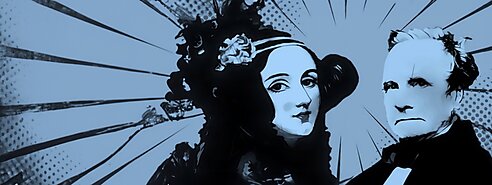Featured article: Heroes of Progress, Pt. 49: Babbage and Lovelace by Alexander C. R. Hammond
In this lesson, students will learn about the lives and legacies of two 19th‐century mathematicians and computing pioneers: Charles Babbage and Ada Lovelace. These two English polymaths conceived the first automatic computer and recognized that it could have applications beyond mere calculation. Together, they laid the groundwork for modern computing.

